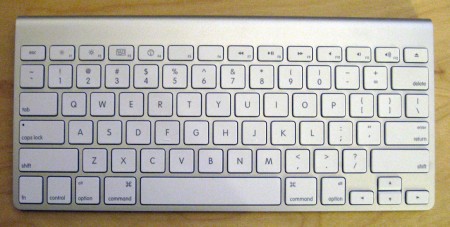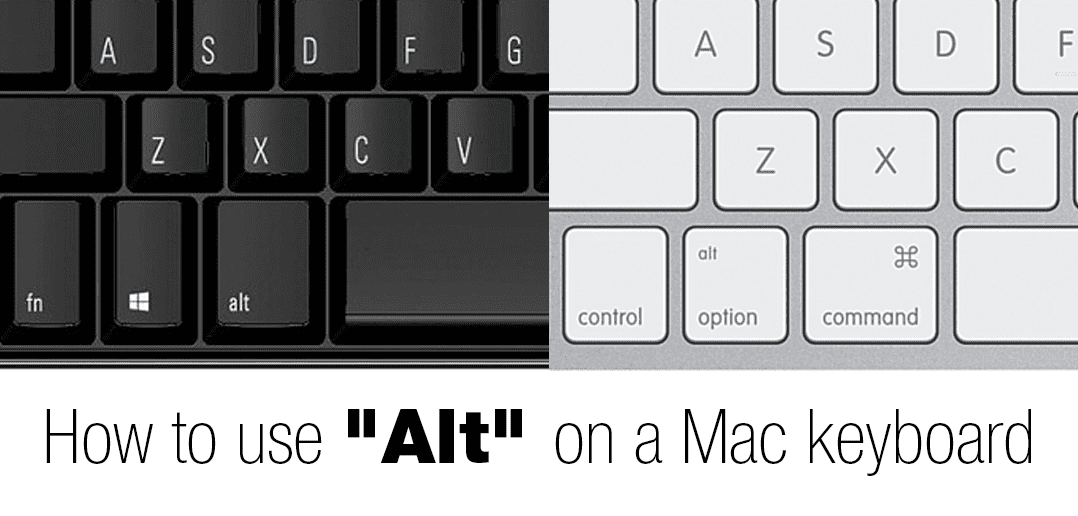
Using moveToBeginningOfLine and moveToEndOfLine, like does, may cause inconsistent behaviour. Super Left and Super Right used to actually be mapped to moveToLeftEndOfLine and moveToRightEndOfLine. (In this answer, I use the non-Apple names for keys, so Command = Super and Option = Alt) _KeyToKey_ FROMKEYCODE_END, Ke圜ode::CURSOR_RIGHT, answer is awesome ( thank you so much this was driving me insane), but I ended up modifying it a little. _KeyToKey_ FROMKEYCODE_HOME, Ke圜ode::CURSOR_LEFT, ModifierFlag::COMMAND_L _KeyToKey_ FROMKEYCODE_END, MODIFIERFLAG_EITHER_LEFT_OR_RIGHT_CONTROL, Ke圜ode::CURSOR_DOWN, ModifierFlag::COMMAND_L

_KeyToKey_ FROMKEYCODE_END, MODIFIERFLAG_EITHER_LEFT_OR_RIGHT_COMMAND, Ke圜ode::CURSOR_DOWN, ModifierFlag::COMMAND_L _KeyToKey_ FROMKEYCODE_HOME, MODIFIERFLAG_EITHER_LEFT_OR_RIGHT_CONTROL, Ke圜ode::CURSOR_UP, ModifierFlag::COMMAND_L _KeyToKey_ FROMKEYCODE_HOME, MODIFIERFLAG_EITHER_LEFT_OR_RIGHT_COMMAND, Ke圜ode::CURSOR_UP, ModifierFlag::COMMAND_L _KeyToKey_ FROMKEYCODE_END, Ke圜ode::E, ModifierFlag::CONTROL_L _KeyToKey_ FROMKEYCODE_HOME, Ke圜ode::A, ModifierFlag::CONTROL_L _KeyToKey_ FROMKEYCODE_HOME, Ke圜ode::HOME _KeyToKey_ FROMKEYCODE_END, Ke圜ode::END, ModifierFlag::SHIFT_L _KeyToKey_ FROMKEYCODE_HOME, Ke圜ode::HOME, ModifierFlag::SHIFT_L You could remap home and end by creating ~/Library/KeyBindings/ and saving a property list like this as DefaultKeyBinding.dict: ⌥ ← and ⌥ → move backwards/forward by words, and all of these are compatible with holding Shift to select during the corresponding moves. ⌥ ↑ and ⌥ ↓ or ⌃ A and ⌃ E move to the beginning or end of unwrapped lines (or paragraphs). The default shortcuts for moving to beginning or end of (wrapped) lines are ⌘ ← and ⌘ →.


Which is the end key on mac keyboard windows#
Then press fn+F11 to bring all your windows back to their original positions.īy the way, you can plug a Windows USB keyboard into a Mac, although not all of the task keys function the way they do on a PC.Most of my computing time is spent in Linux (with occasional time in Windows).
Which is the end key on mac keyboard mac os#
But, you can make Mac’s delete key function like the Windows delete key if you hold the fn key while pressing it - deleting characters to the right. Another favorite keyboard shortcut on Mac OS is fn + F11 which will temporarily hide your windows to expose your desktop, allowing you to easily select files without going to the finder or minimizing all of your windows. Speaking of the Mac keyboard, the delete key is equivalent to the backspace key on a Windows computer - it deletes characters to the left of the cursor. Hold shift while doing this to select the characters between cursor positions. But, if you hold down the fn (or control) key, you can use the left and right arrow keys as home and end keys respectively. These guys make it a breeze to select a single line of text or jump to the end of the line to keep writing after an edit.īecause Apple market share is at an all time high, I’m sure a lot of people are going to notice the absence of these keys when they switch. Unless you’ve got the full-size apple keyboard, the “home” and “end” keys are absent on your desktop or macbook keyboard. For example, I really like the home and end keys on Windows keyboards. I use both Mac and Windows computers and I appreciate some attributes of each.


 0 kommentar(er)
0 kommentar(er)
